The Ultimate Guide To Companion Planting For Ginger
The Ultimate Guide to Companion Planting for Ginger
Ginger is a tropical plant that can be grown in many parts of the world, but it thrives in warm, humid climates. It is a relatively easy plant to grow, but it can benefit from companion planting. Companion planting is the practice of planting different types of plants together in order to create a mutually beneficial relationship. Some plants can help to repel pests, attract beneficial insects, or improve the soil quality for other plants.
There are many different plants that can be good companion plants for ginger. Some of the best include:
- Beans: Beans are nitrogen-fixing plants, which means they can help to improve the soil quality for ginger. They can also help to shade ginger from the hot sun.
- Cilantro: Cilantro is a herb that can help to repel pests from ginger. It can also help to improve the flavor of ginger when it is cooked.
- Garlic: Garlic is a strong-smelling herb that can help to repel pests from ginger. It can also help to improve the flavor of ginger when it is cooked.
- Lemongrass: Lemongrass is a tall grass that can help to shade ginger from the hot sun. It can also help to repel pests from ginger.
- Peas: Peas are nitrogen-fixing plants, which means they can help to improve the soil quality for ginger. They can also help to shade ginger from the hot sun.
- Turmeric: Turmeric is a relative of ginger and has similar growing requirements. It can also help to repel pests from ginger.
When choosing companion plants for ginger, it is important to consider the plant's growing requirements. Ginger needs full sun and well-drained soil. It is also a heavy feeder, so it will need to be fertilized regularly. The companion plants you choose should have similar growing requirements and should not compete with ginger for resources.
In addition to the plants listed above, there are many other plants that can be good companion plants for ginger. Some other possibilities include:
- Asian vegetables: Many Asian vegetables, such as bok choy, broccoli, and cabbage, can be good companion plants for ginger. They have similar growing requirements and can help to repel pests.
- Fruit trees: Ginger can be planted under fruit trees, such as apple, banana, and citrus trees. The trees will provide shade for the ginger and the ginger will help to improve the soil quality for the trees.
- Herbs: Many herbs, such as basil, mint, and rosemary, can be good companion plants for ginger. They can help to repel pests and improve the flavor of ginger when it is cooked.
When companion planting ginger, it is important to plant the plants in a way that will allow them to thrive. For example, if you are planting ginger with beans, you will need to plant the beans in front of the ginger so that they can shade it from the hot sun. You will also need to space the plants appropriately so that they have enough room to grow.
Companion planting is a great way to improve the health and productivity of your ginger plants. By choosing the right companion plants and planting them in a way that will benefit both plants, you can enjoy a bountiful harvest of ginger.
Ginger is a delicious and versatile root vegetable that can be grown in many different climates. But did you know that companion planting can help you grow healthier and more productive ginger plants?
Companion planting is the practice of planting certain types of plants together to benefit each other. Some good companion plants for ginger include:
- Turmeric: Turmeric is another root vegetable that has similar growing requirements to ginger. The two plants can help to repel pests and diseases, and they can also improve the flavor of each other's roots.
- Lemongrass: Lemongrass is a tall, grassy plant that can provide shade for ginger plants. It also helps to repel pests and diseases, and it can add a lemony flavor to ginger dishes.
- Beans: Beans are nitrogen-fixing plants, which means they can help to improve the soil for ginger plants. They can also help to suppress weeds.
- Cilantro: Cilantro is a fragrant herb that can help to repel pests and diseases. It can also add a delicious flavor to ginger dishes.
If you're interested in learning more about companion planting for ginger, I recommend visiting Gardenia Inspiration. This website has a wealth of information on the topic, including a list of recommended companion plants, tips on how to plant and care for ginger, and recipes for using ginger in the kitchen.
FAQ of companion planting for ginger
1. What are some good companion plants for ginger?
Some good companion plants for ginger include:
- Turmeric: Turmeric is a close relative of ginger and has similar growing requirements. The two plants can actually benefit each other, as turmeric helps to repel pests that can damage ginger plants.

- Lemongrass: Lemongrass is another good companion plant for ginger. It helps to repel pests and also provides shade for the ginger plants.
- Beans: Beans are nitrogen-fixing plants, which means they can help to improve the soil quality for ginger plants.
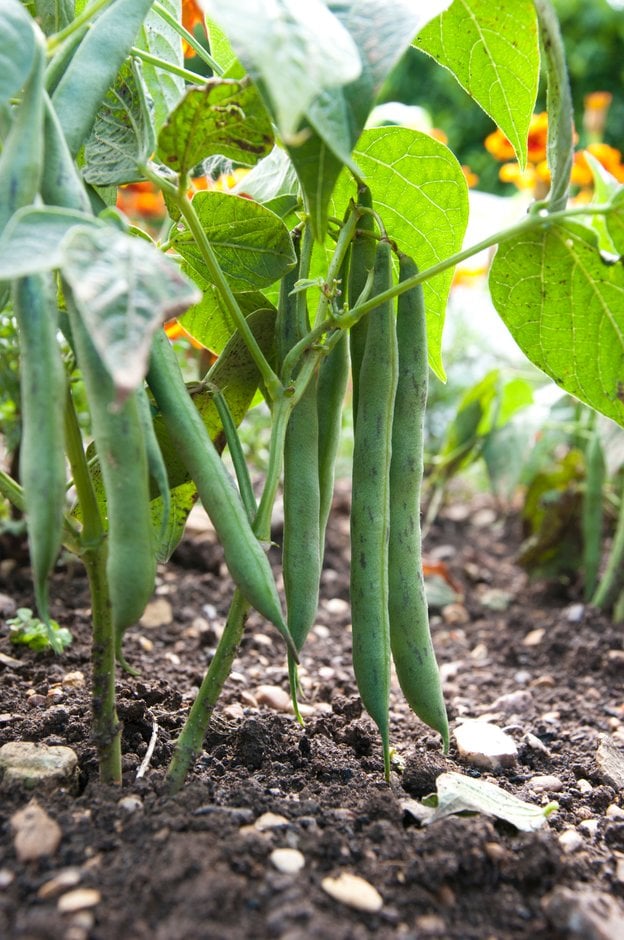-(2).jpg)
- Peppers: Peppers can help to deter pests from ginger plants. They also add a bit of spice to your garden!
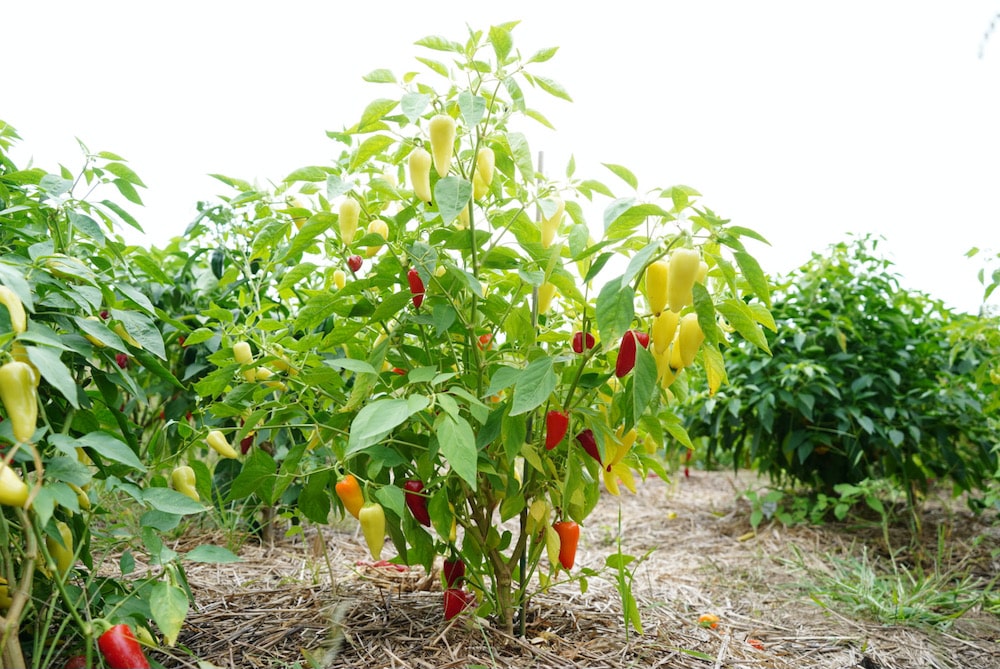
- Cilantro: Cilantro is a good companion plant for ginger because it helps to repel pests and also improves the flavor of ginger.
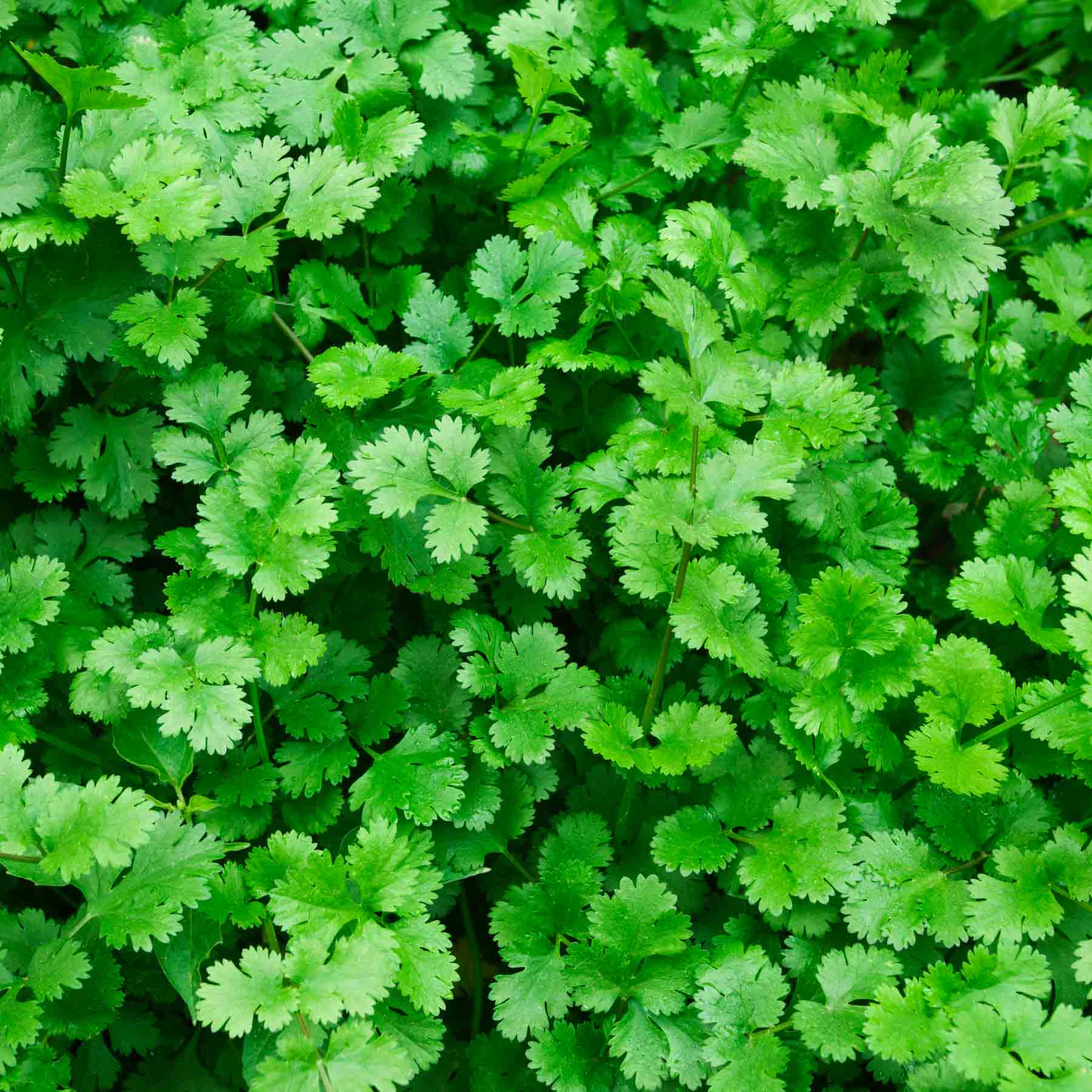
2. What are some plants that should not be planted near ginger?
Some plants that should not be planted near ginger include:
- Walnuts: Walnut trees release a toxin that can harm ginger plants.

- Pecans: Pecan trees also release a toxin that can harm ginger plants.
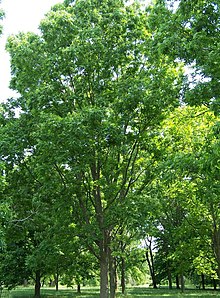
- Invasive herbs: Invasive herbs can quickly take over a garden, and they can also compete with ginger plants for resources.
- Plants that require a lot of water: Ginger plants do not require a lot of water, so planting them near plants that require more water can lead to root rot.
3. How far apart should ginger plants be planted?
Ginger plants should be planted about 12 inches apart. This gives them enough space to grow and spread.
4. What kind of soil does ginger need?
Ginger needs well-drained, loamy soil that is rich in organic matter. The soil should also be slightly acidic, with a pH of 6.0 to 6.5.
5. When is the best time to plant ginger?
Ginger can be planted in the spring or fall. If you are planting ginger in the spring, wait until the soil has warmed up to at least 60 degrees Fahrenheit. If you are planting ginger in the fall, plant it at least 6 weeks before the first frost.
Image of companion planting for ginger
- Image 1: A garden bed with ginger plants growing alongside tomatoes, carrots, and lettuce.

- Image 2: A ginger plant growing next to a marigold plant.
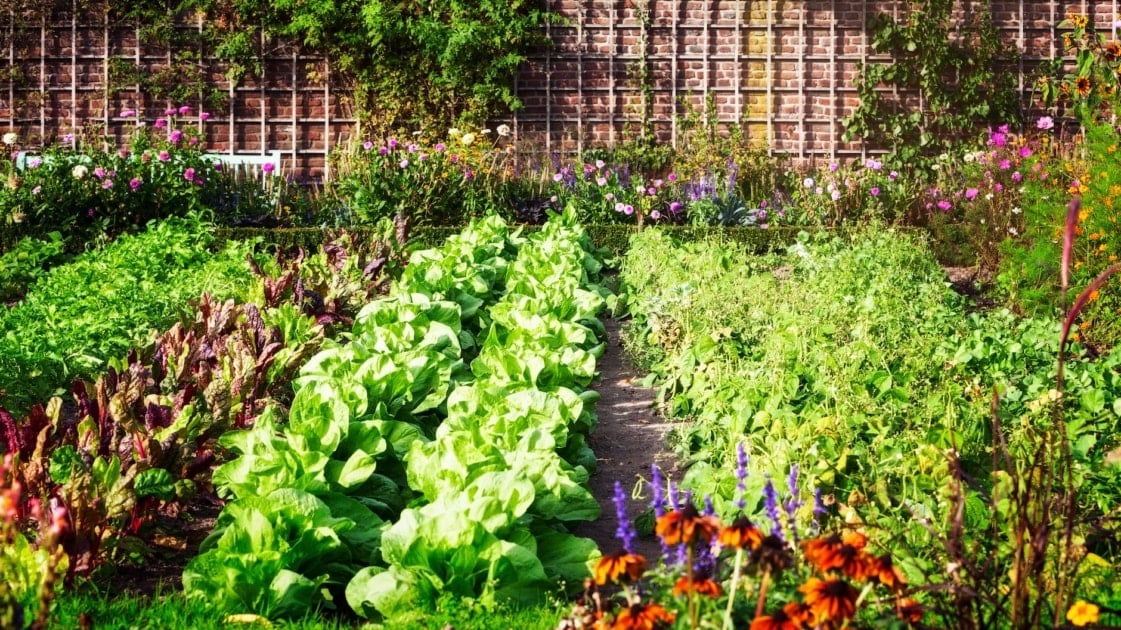
- Image 3: A ginger plant growing alongside beans and peas.

- Image 4: A ginger plant growing next to a basil plant.

- Image 5: A ginger plant growing alongside spinach and kale.

Post a Comment for "The Ultimate Guide To Companion Planting For Ginger"